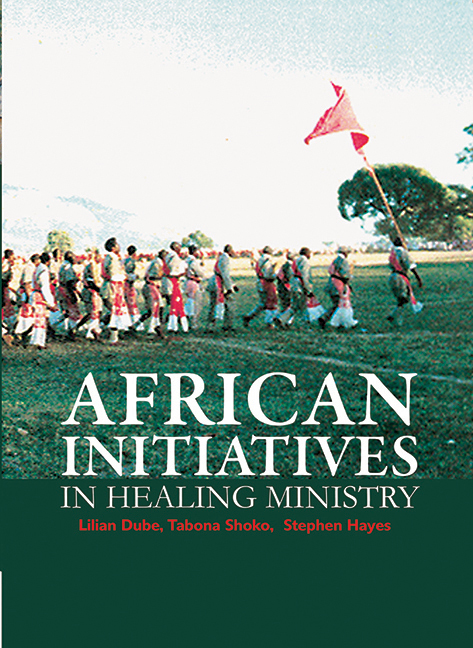Part 2 - Case studies of healing in Shona churches
Published online by Cambridge University Press: 28 February 2020
Summary
The core of this volume is the case studies of healing practices of people from four different Christian groups in Zimbabwe. Two are AICs, while the other two are WICs, yet their healing ministries, and the forms taken, all show signs of African initiative.
Lilian Dube studies the healing ministry of Agnes Majecha, a woman prophet from a local AIC who deals with witchcraft cleansing rituals. Her ministry compares in certain respects with that of the Budya medium previously described. Both ministries, however, reflect the empowerment of women through religious leadership in the old and new contexts.
Tabona Shoko examines healing ministry in three different contexts. The first is the St Elijah Church, an AIC that broke away from a Lutheran Church established by Swedish missionaries. In this church a team of prophetic healers work together; their diagnosis and methods of healing are compared with those of traditional diviners.
The second deals mainly with the ministry of a Roman Catholic priest, Fr Augustine Urayai, whose interpretation of healing ministry is largely, but not exclusively, based on traditional Catholic teaching. His ministry has given rise to a supporting group, Super Roma, whose members aim to live exemplary Christian lives with an emphasis on prayer and fasting.
The third is the Rev. Lazarus Muyambi, an Anglican priest whose healing centre is similar to some AIC centres, and also is supported by a healing team of both men and women (the latter being members of the religious sisters of the CZM). They also interpret the cause of sickness and disease more in terms of traditional Christian categories.
- Type
- Chapter
- Information
- Publisher: University of South AfricaPrint publication year: 2011



